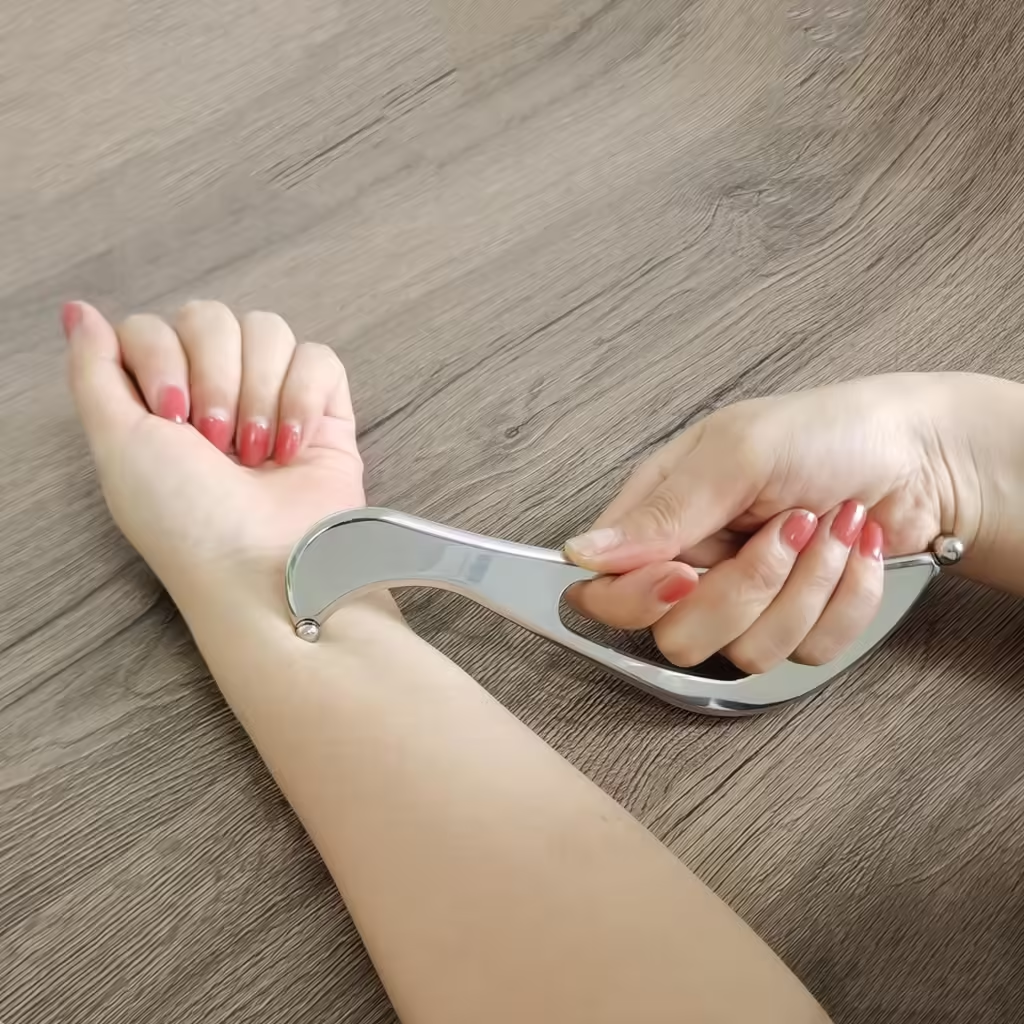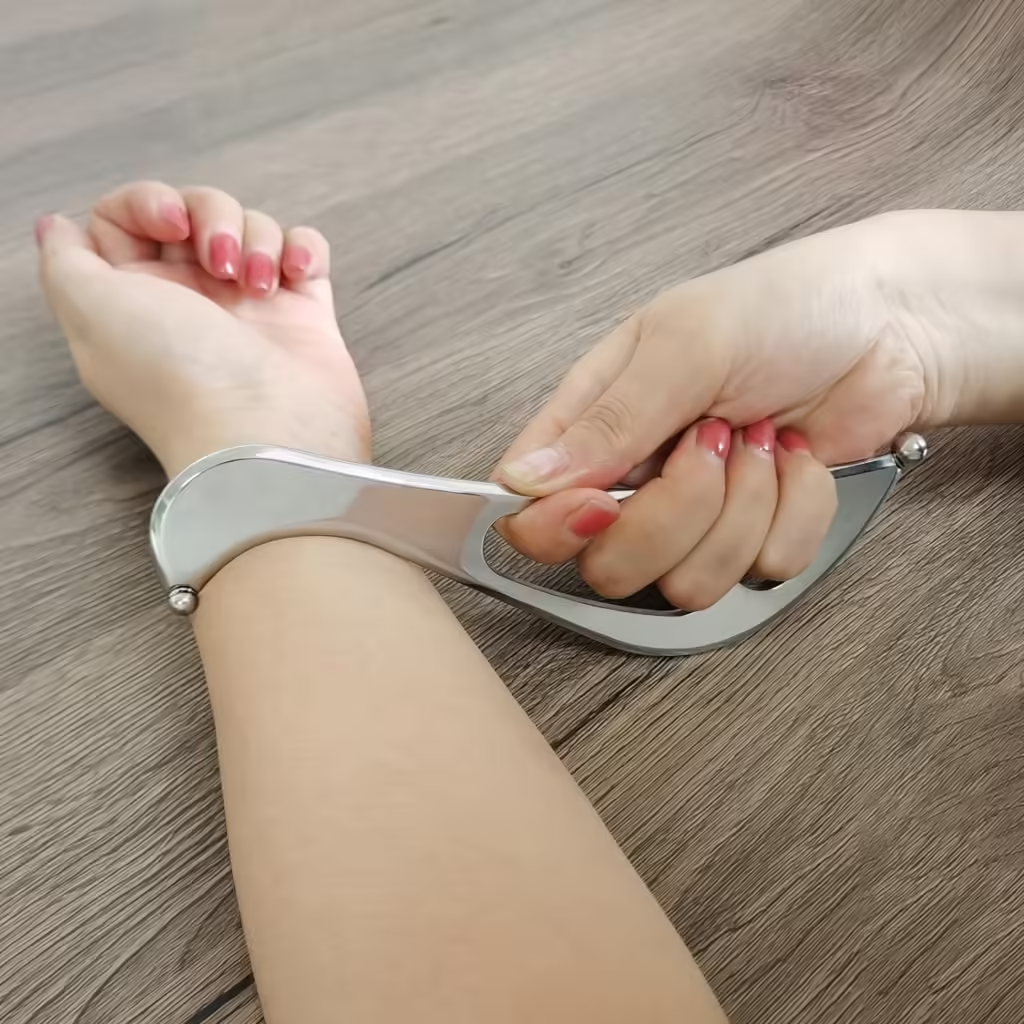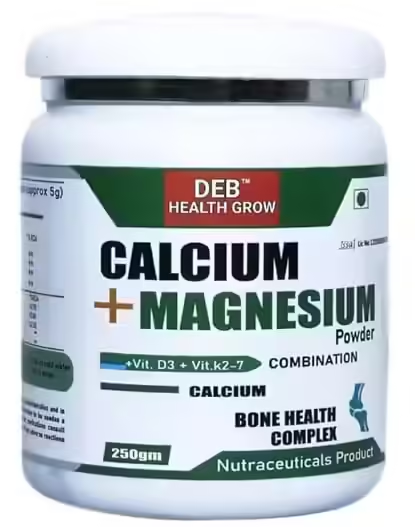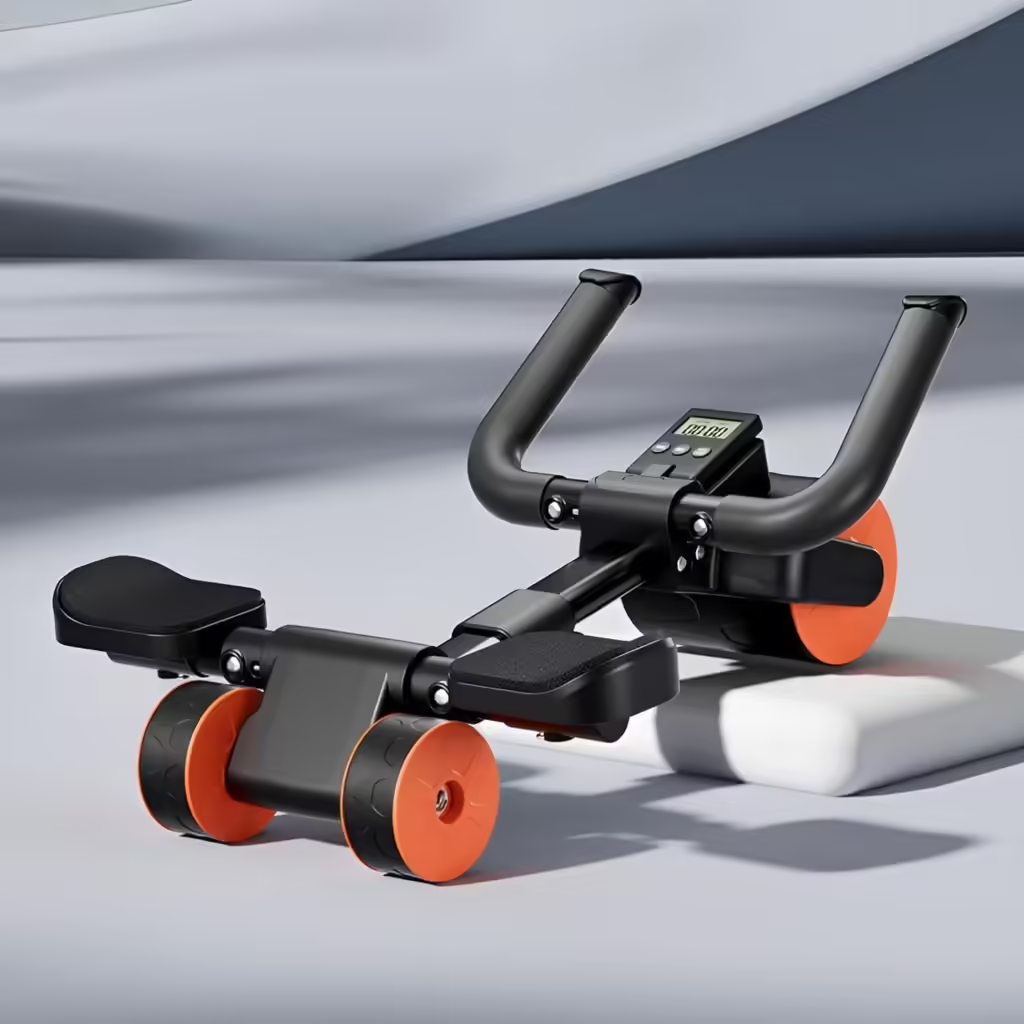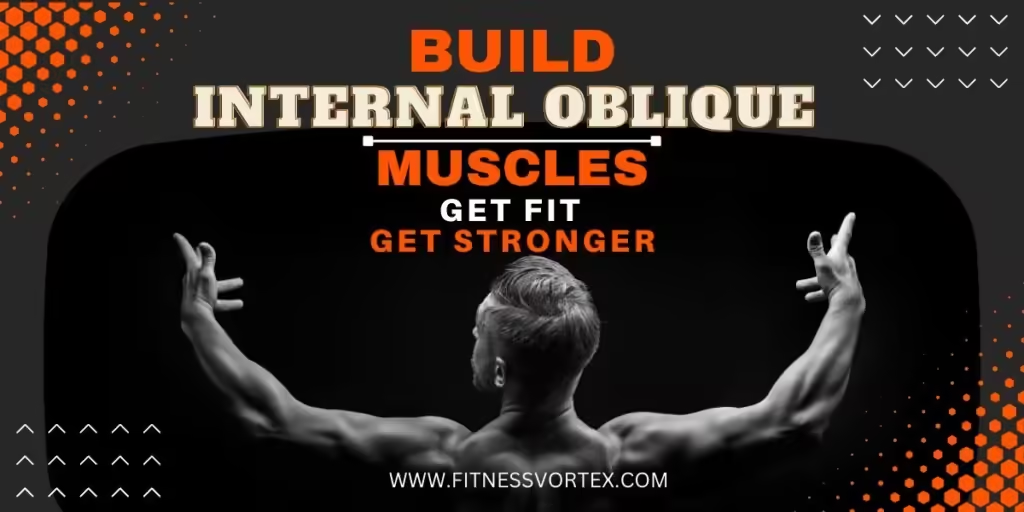
Introduction to the internal oblique muscles
As you embark on your journey towards a stronger core, it’s essential to understand the role of the internal oblique muscles. These muscles, often overlooked, play a crucial part in maintaining your overall core strength and stability. In this comprehensive guide, we’ll delve into the anatomy, functions, and significance of these vital muscles, equipping you with the knowledge to unlock your full potential.
The internal oblique muscles are part of the intricate network of muscles that make up your core. Located on the sides of your abdomen, these muscles work in tandem with other core muscles, such as the rectus abdominis (six-pack muscles) and the external oblique muscles, to provide stability and support to your trunk and spine.
By understanding the internal oblique muscles, you’ll gain a deeper appreciation for the importance of a strong core and how it can positively impact your daily activities, athletic performance, and overall well-being.
Anatomy of the internal oblique muscles
The internal oblique muscles are a pair of flat, broad muscles that originate from the inguinal ligament (the ligament that runs along the front of your pelvis) and the anterior iliac crest (the bony protrusion at the front of your hip). These muscles then ascend upwards and inwards, attaching to the lower ribs and the cartilage that connects the ribs to the sternum.
The fibers of the internal oblique muscles run in an oblique (diagonal) direction, opposite to the external oblique muscles. This unique fiber orientation allows the internal oblique muscles to work in conjunction with the external oblique muscles, creating a powerful rotational force that aids in twisting and bending movements.
Functions of the internal oblique muscles
The internal oblique muscles play a vital role in several core functions, including:
- Trunk Rotation: When the internal oblique muscles on one side contract, they rotate the trunk towards the opposite side. This rotational movement is essential for activities like throwing, swinging a bat, or playing tennis.
- Lateral Flexion: The internal oblique muscles also assist in lateral flexion, which is the bending of the trunk to the side. This movement is crucial for activities like reaching, carrying objects, or performing certain yoga poses.
- Stabilization: Along with the other core muscles, the internal oblique muscles help stabilize the spine and pelvis during movements like lifting, pushing, or pulling. This stabilization function is crucial for injury prevention and efficient force transfer.
- Compression: The internal oblique muscles, along with the other abdominal muscles, contribute to increasing intra-abdominal pressure, which aids in activities like coughing, vomiting, and childbirth.
Common injuries and conditions related to the internal oblique muscles
While the internal oblique muscles are essential for core strength and stability, they can also be susceptible to injuries and conditions. Some common issues related to these muscles include:
- Oblique Strains: A strain or tear in the internal oblique muscles can occur due to sudden twisting movements, overuse, or direct trauma. This injury can be quite painful and may limit your ability to rotate or bend to the side.
- Oblique Hernias: A hernia can occur when a portion of the intestine or other abdominal tissue protrudes through a weakened area in the abdominal wall, often near the internal oblique muscles.
- Oblique Muscle Imbalances: Imbalances in the strength or flexibility of the internal oblique muscles, compared to the opposing external oblique muscles, can lead to poor posture, decreased range of motion, and potential injury.
Symptoms and diagnosis of oblique injuries
If you suspect an injury to your internal oblique muscles, it’s essential to be aware of the common symptoms and seek proper diagnosis. Some typical symptoms of an oblique injury include:
- Pain or discomfort in the side of the abdomen or lower back
- Tenderness or swelling in the affected area
- Difficulty or pain when twisting, bending, or coughing
- Muscle spasms or cramping
To diagnose an oblique injury, your healthcare provider may perform a physical examination, checking for tenderness, swelling, and range of motion limitations. In some cases, imaging tests like X-rays or MRI scans may be ordered to rule out other potential issues or to assess the extent of the injury.
Treatment and recovery for oblique injuries
The treatment and recovery process for oblique injuries will depend on the severity and type of injury. Here are some common approaches:
- Rest: Resting the affected area and avoiding activities that aggravate the injury is crucial in the initial stages of recovery.
- Ice and Heat Therapy: Applying ice packs to the injured area can help reduce swelling and pain, while heat therapy can promote blood flow and aid in the healing process.
- Medication: Over-the-counter or prescription medications, such as anti-inflammatory drugs or muscle relaxants, may be recommended to manage pain and inflammation.
- Physical Therapy: Working with a physical therapist can help you regain strength, flexibility, and proper movement patterns through targeted exercises and stretches.
- Surgery: In severe cases, such as a complete tear or hernia, surgical intervention may be necessary to repair the damaged tissue.
It’s essential to follow your healthcare provider’s instructions and allow sufficient time for the injury to heal properly. Rushing back into physical activity before fully recovering can lead to further complications and prolong the recovery process.
DEB HEALTH GROW Calcium+Magnesium Powder Vit.D3+Vit_K2-7 And Zinc -Combination Bone Health Complex Stronger Bones, Joints & Muscles,
Exercises and stretches to strengthen the internal oblique muscles
Incorporating specific exercises and stretches into your routine can help strengthen and maintain the health of your internal oblique muscles. Here are some effective options:
- Oblique Crunches: Lie on your back with your knees bent and feet flat on the floor. Place your hands behind your head and lift your shoulders off the ground, twisting your upper body towards the opposite knee. Repeat on both sides.
- Side Planks: Start in a plank position, resting on your forearm and feet. Engage your core and lift your hips off the ground, forming a straight line from head to heels. Hold this position, or add side dips for an extra challenge.
- Russian Twists: Sit on the floor with your knees bent and feet flat. Lean back slightly, engaging your core, and twist your upper body from side to side, touching the ground on each side with your hands.
- Oblique Stretches: Stand with your feet shoulder-width apart and raise one arm overhead, bending your upper body towards the opposite side. Hold the stretch, then repeat on the other side.
Remember to start with a manageable number of repetitions and gradually increase the intensity as your strength improves. It’s also essential to maintain proper form to avoid injury and maximize the benefits of these exercises.
Importance of the internal oblique muscles for a stronger core
A strong core is essential for overall physical fitness, injury prevention, and improved athletic performance. The internal oblique muscles play a crucial role in achieving a stronger core by:
- Stabilizing the Spine: A strong internal oblique helps stabilize the spine during movements, reducing the risk of back injuries and improving posture.
- Improving Balance and Coordination: A strong core, including the internal oblique muscles, enhances balance and coordination, which is essential for various activities and sports.
- Increasing Power Transfer: A stable core allows for efficient transfer of power from the lower body to the upper body, improving performance in activities like throwing, hitting, or jumping.
- Reducing Injury Risk: A strong core, with well-developed internal oblique muscles, helps distribute forces evenly throughout the body, reducing the risk of injuries in the back, hips, and knees.
By incorporating exercises that target the internal oblique muscles into your routine, you’ll not only strengthen your core but also improve your overall physical capabilities and reduce the likelihood of injuries.
How to prevent oblique injuries
While it’s essential to strengthen the internal oblique muscles, it’s equally important to take preventive measures to avoid injuries. Here are some tips to help prevent oblique injuries:
- Warm-up and Cool-down: Always warm up properly before engaging in any physical activity, and cool down afterward to gradually transition your body back to a resting state.
- Gradual Progression: Increase the intensity and duration of your workouts gradually, allowing your muscles time to adapt and avoiding sudden spikes in activity levels.
- Proper Form: Maintain proper form during exercises, especially those targeting the oblique muscles, to avoid unnecessary strain or injury.
- Cross-Training: Incorporate a variety of exercises and activities into your routine to avoid overuse injuries and maintain a balanced fitness regimen.
- Listen to Your Body: Pay attention to any pain or discomfort you may experience during or after exercise, and adjust your routine accordingly to prevent further injury.
By prioritizing injury prevention, you’ll be able to train consistently and make steady progress towards achieving a stronger core and overall fitness.
Conclusion: Taking care of your internal oblique muscles for a healthier and stronger core
The internal oblique muscles are often overlooked, but they play a vital role in maintaining a strong, stable core. By understanding their anatomy, functions, and importance, you’ll be better equipped to incorporate targeted exercises and preventive measures into your fitness routine.
Remember, a strong core not only enhances your physical performance but also contributes to better posture, reduced injury risk, and improved overall well-being. Take the time to nurture and strengthen your internal oblique muscles, and you’ll be well on your way to unlocking your full potential.
Are you ready to take your core strength to the next level? Join our community of fitness enthusiasts and gain access to personalized workout plans, expert guidance, and a supportive network. Sign up today and embark on a transformative journey towards a stronger, healthier you. Don’t wait – your core is the foundation for a life of optimal performance and well-being.
Best Shoulder Workouts and Exercises for Men


